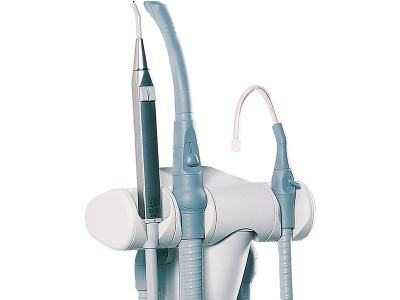

Suction Devices: Equipment That Sucks
Suction Devices
From the outside, the human body is a work of art, but let’s be honest. From the inside? It can be a bit of a mess. To get a hold of solid material like flesh and bone, there are clamps and tenacula to hold them in place. Liquid material, on the other hand, is less pliable and in most cases is easier to just remove altogether. That is one of the reasons operating rooms are outfitted with suction devices. Suction is often used to clear life threatening obstructions that could be blocking airways or the natural passage of blood. If ever there is a buildup of fluid creating excessive pressure on a body part, suction is used to relieve that pressure.
The Bulb Syringe
Suction devices are nothing new even if how they function or what they are used for in some cases is. One of the simplest and oldest examples is the bulb syringe, one that is as versatile as it is it is compact. Though technically it’s only functions are suction and ejection, it is used for anything from cleaning out earwax to clearing airways. These small, often plastic or rubber syringes work through their design and physics as opposed to any internal machinery. The air is pushed out of the bulb end through the appliance of finger pressure. When that pressure is removed, a vacuum is created that causes suction.
The small size bulb syringe is optimal for use with small children, especially infants. A baby can’t be expected to blow its own nose if a buildup occurs. Allowing it to persist can be dangerous as well as uncomfortable. Bulb syringes can quickly and efficiently remove the offending substance. In days of yore, before more practical and efficient devices were created, they were used to (slowly) remove large amounts of fluids.
Rico Suction Unit
Enter the Rico Suction Unit. The Rico Suction Unit or Rico Aspirator was created in the mid-20th century and is still used today in various upgraded forms. Aspirators work through the application of the Venturi Effect (named for Italian physicist Battista Venturi), which is basically the phenomenon of fluid pressure dropping as it flows through thin piping. This process also creates a vacuum which is used in the Rico for suction
The Rico is at its core a portable suction station that can remove copious amounts of fluid for a prolonged period. The initial purpose of the Rico was to more efficiently drain fluid from patients in ambulances en route to the hospital. Now Rico aspirators are often used in hospitals. One of the most important aspects of the Rico Suction system is the ability to control the pressure and thus the rate at which the fluid is drained.
Electrical Suction Devices
Throughout the years, suction devices have been further mechanized to include electricity powered designs. In most cases, the Venturi Effect is still responsible for the actual suction with the electrically powered machinery being used to control the flow and any other additional features. The reality is that most of these devices do the same thing with marginal differences between rate of suction, consumption of power and design preference.
Central Suction System
The systems already mentioned to this point are great for portable and quick, even relatively prolonged suction or drainage but if you need vital sustained aspiration, the central suction devices found at hospitals is typically the way to go. The central suction system is like the chandelier to the Rico unit’s flashlight, as it is an incredibly advanced system that has a multitude of features that more portable and single purpose suction devices may lack.
Dental
In dentistry, suction is used to remove excess saliva produced by the prolonged open state of the mouth as well as to remove water and fluids introduced by the dentist. Most dentist chairs come with specialized suction units attached to handheld tubes that are malleable enough to fit into the harder to reach areas of the mouth or hook onto the teeth for hands free use.
Though most dental chairs come equipped with their own suction units, suction is so important in dentistry that most dentist offices also have an additional standalone suction unit. Though designed specifically for dentistry and often fully mechanized (for power suction) the dental suction units work within the same general fashion as any other mechanical suction device.
Disposal
Ever wonder where the waste goes? All of that fluid doesn’t just disappear. All suction devices have a receptacle of some kind that the fluid drains into. As biological waste can be extremely dangerous, the disposal of these receptacles is important and regulated. In most cases the receptacle is emptied into a larger receptacle. When that receptacle is filled, it is usually sent to a facility for incineration. Massive incineration of hazardous materials can pose problems as well, however. Sometimes high pressure steam, chemicals, or radiation are used as an alternative. There is a large market for a new and more eco-friendly method of biological waste disposal. Until a suitable replacement is found, however, even with stricter ecological restrictions, burning remains is the most efficient (cost effective) method.
Beyond
Suction devices are an integral part of the medical field. As with many other facets of medical science, the simplest tasks are of the most vital importance. The need to displace fluids gave way to suction devices that have only seen a few major innovations throughout the entirety of human history. From the hand pumps, to the Venturi Effect, to mechanical suction devices, most innovations to date have been more practical than conceptual. It will be interesting to see if the future will hold any other innovations yet to be conceived. For now we are in good hands with devices like the bulb syringe, the Rico aspirators and the Central Suction systems.
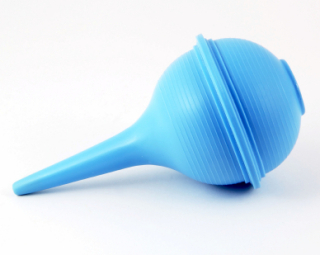
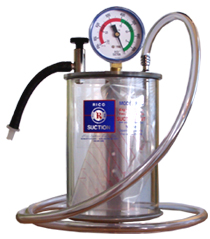
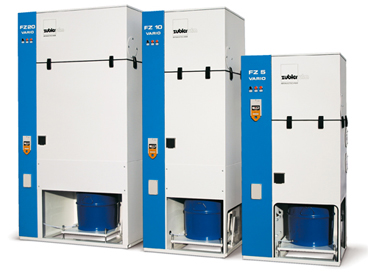
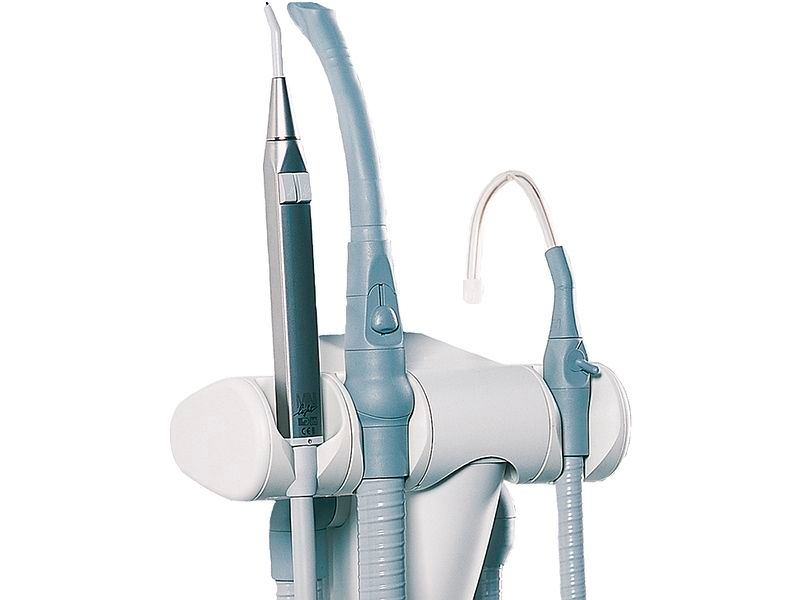


4 thoughts on “Suction Devices: Equipment That Sucks”
Comments are closed.